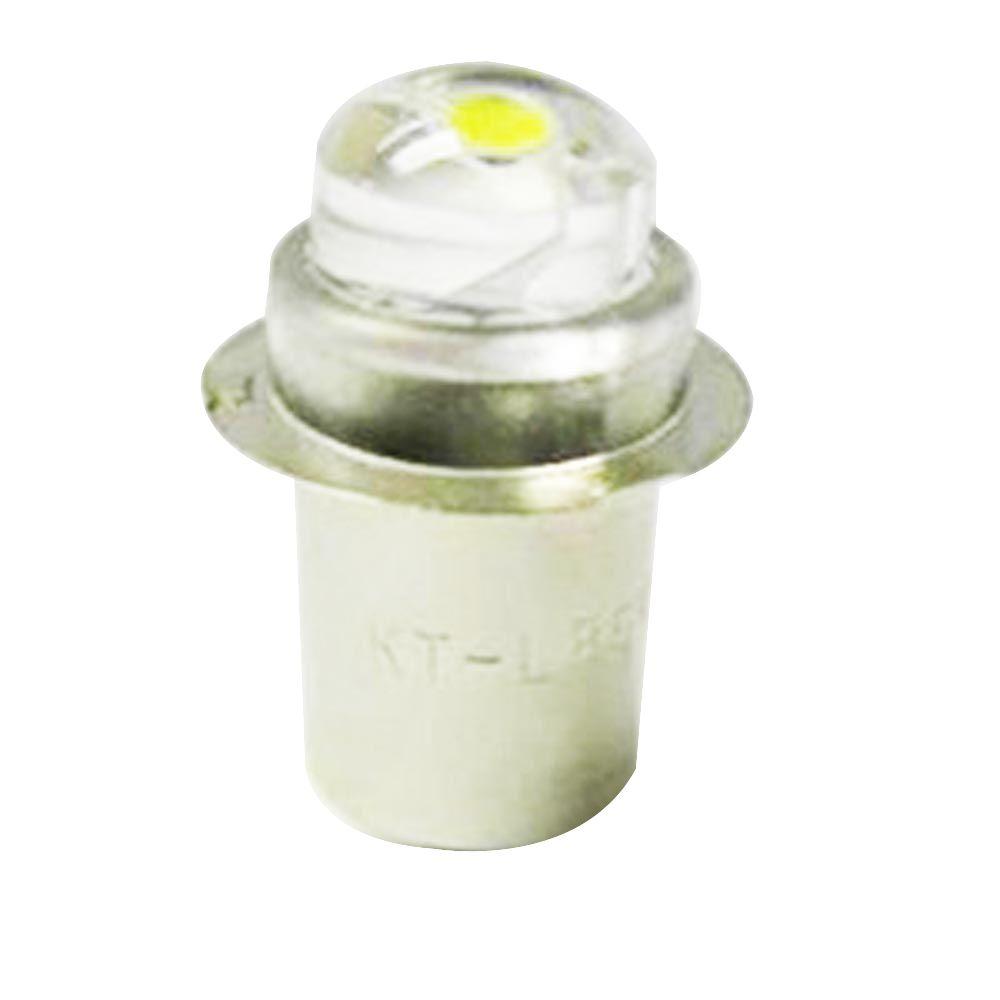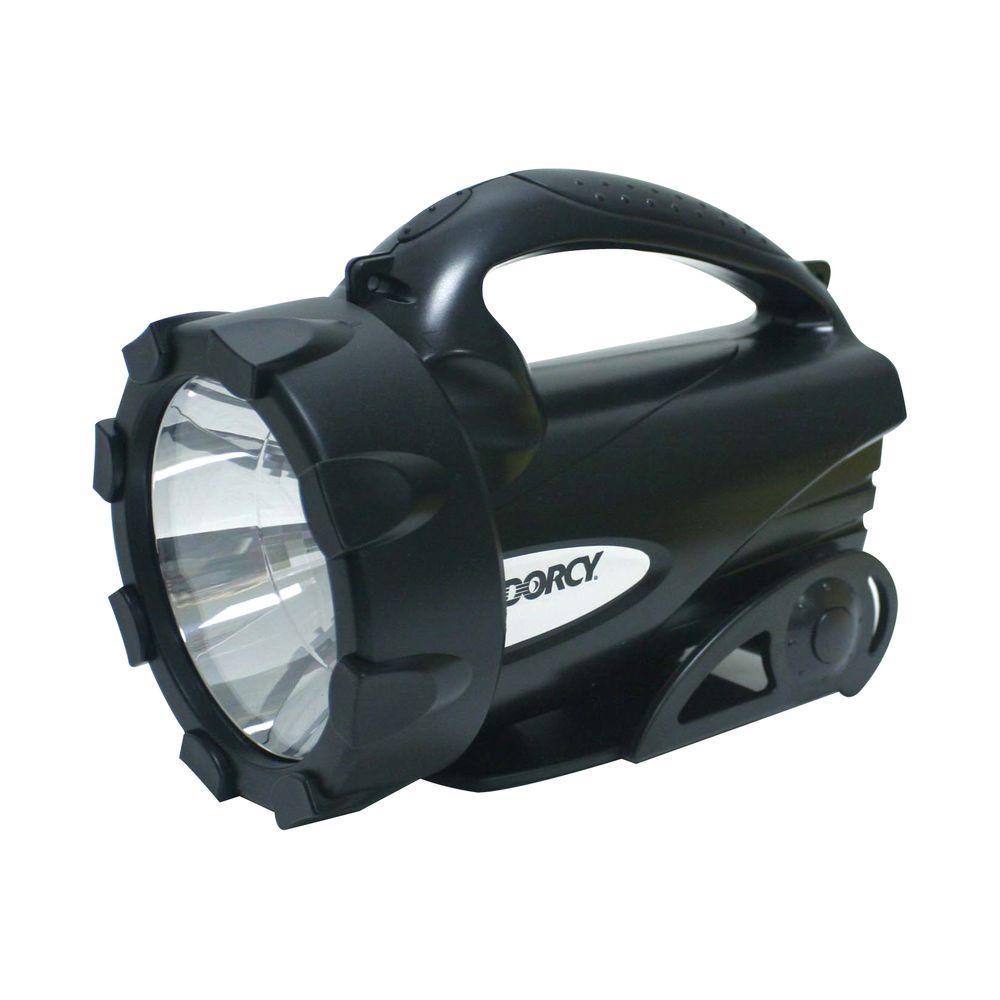- 6 Volt Flashlight Battery Ebay
- 6 Volt Flashlight Lantern
- Install 6 Volt Battery Flashlights For Sale
- Install 6 Volt Battery Flashlight Rechargeable
- 6 Volt Flashlight Battery Charger
| Contributed Article |
Converting from 6 Volt to 12 Volt

You get up on your old tractor and hit the starter button and out comes rrunh... rrrunh.... rrrruhn..... rrr..click.It's a common problem for old machines especially when the weather starts to dip below 40 and the tractor isn'tfired up as often. You are probably used to the 12 volt Diehard, charged with 200 amp alternator of your 3/4 tonthat always is ready and always starts. It's this type of experience that brings about the many queries we getfor 12-volt conversion kits. Since only a few kits are available (we sell kits for the Ford9N/2N/8N and the Ford NAA and other tractors), this article will explain the basics of the conversionand what you can do if no kit exists for your tractor. Before we do that, lets see what the alternatives are toavoid converting and for those machines that really should not be converted.
A weatherproof light is one of the great conveniences of outdoor life, and Eveready's Energizer brand floating lanterns are a durable example of the breed. The relatively bulky 6-volt battery will need to be changed occasionally, but will provide many hours or even days of use once installed. Feb 11, 2020 How to Install a Six Volt Battery in a Flashlight Remove the cover protecting the lens of the 6V flashlight. Unscrew the head that holds the lens. Flip the flashlight upside down to remove the old battery. Replace the new battery inside the tube with the '+' end of the battery facing up. Screw the head back onto the flashlight tube.
To Convert or not to Convert?
If your tractor is a working tractor, there is little reason not to convert beyond the cost. A 12 volt systemis a bolt-on cure that masks the many ailments of hard starting machines without the time and expense of teardownand rebuild. The original 6-volt system will suffice if the tractor is well maintained with optimum tuning, goodcompression, correct gas flow, and minimal losses in the wiring. In the real world, it is difficult to invest thetime necessary to keep up on all these issues and 12-volt conversion becomes inviting. Still, the most compellingreason to convert to 12-volt is that your existing 6-volt system has serious problems and requires replacementanyway. When this occurs, it may actually be easier and less expensive to convert. Locating original componentsmay be very difficult and time-consuming.
On the other hand, if your tractor is rare or you're are restoring it for originality or show, it would be acardinal sin to update the electrics to 1990's standards. In this case, you will have to take the time and expenseto make the 6-volt system work as it was intended. Normally this is not a problem because the your restorationprocess will need to cover all the issues that make the original system work well anyway.
What do I replace (or what do I reuse)?
If it seems that conversion is the right thing for you, several things will need replacement. Due to some oddballitems used on a few machines, it is hard to be definitive on this but for the most part the following list showsthe items that will have to go on most tractors:
- Generator - Since the generator is not made to produce 12-volts, it cannot be modified to charge a 12-voltbattery. Remember to save your old generator, someday you may want to restore your tractor or if you sell it, someoneelse may want to. When you look for your new replacement alternator, be sure to match the pulleys as closely asyou can. The issues are the width of the belt, depth of the belt (determined by its v-shaped profile), and thediameter of the pulley.
- Light Bulbs or Light Assemblies - 6-volt lights will instantly burn out. If you have the original lights, youmay want to consider picking up inexpensive 12-volt light replacement assemblies. It may be difficult to find bulbreplacements that fit in the original assemblies and it will pay off later to keep the original components in originalcondition. There are a range of available light assemblies that go from large steel case models to very cheap rubberlights.
- Regulator - The regulator is made to cut the circuit to the battery and regulate the output of the generator...of a 6-volt system. It will not work with your new system and in any case, many replacement alternators will havethe regulation built right in. If not built in, you will still have a new 12-volt regulator that matches your newalternator.
- Battery - Here is where you get to go buy that new Die-hard. You will have to match the size and shape of theexisting battery to avoid changes to your battery box. Since you will have to exchange your old battery, take itin and accurately compare the profiles; height, width, and length.
- Generator Mounts - It's almost impossible to find an alternator that matches your existing generator mounts.The good news is that making new mounts will frequently mean simply getting some bar stock from the hardware storeand spending a bit of quality time with your hand drill and file. Usually you will have to use spacers or washerson the pivot point to line the new alternator up with the other pullies. Once you have this roughed in, you willdrill a hole in your bar stock to attach the mount to the engine and then drill several closely spaced holes toprovide the adjustment slot. To finish the mount, you will have to file out the material between the holes leavinga slot that allows the adjustment of the belt. There is the possibility that one some tractors this mount willneed an angle. In this case, you will have to cut everything out and take it to your local welder for completion(don't be afraid of this step, the welding still won't cost more than 10 dollars).
- Fuses - Since your fuses are rated for a 6-volt system's amperage, they will likely not blow when they should.They should be replaced with lower rated fuses. To determine the correct rating, you must determine the draw ofyour lights.
Now the best part, what do you get to keep. The following items can be reused, but be sure to understand thelimitations.
- Coil - For battery ignitions, the component that is 6 or 12-volt specific is the coil. You could put a 12-voltcoil on the machine or use a ballast resistor on your existing 6-volt coil. During the 6 to 12 volt transitionperiod in the late 50s and early 60s, it was common for new cars to be equipped with 12 volt systems employinga 6 volt coil and ballast resistor. For Magneto ignitions, there is no change since the magneto is a completelyseparate self-contained electrical system is not impacted by the 6 or 12-volt system.
- Starter - The existing 6-volt starter not only can be reused but most often is your only option. It is improbablethat you will be able to locate a 12-volt starter that will match your drive gears and mounts. Still, real cautionmust be used to avoid burning out your starter. The starter will get hot under 12-volt use so you should avoidcranking for long periods and let it rest between attempts. Keep your tractor tuned up and this should not be aproblem.
- Wiring - If your wiring is in good shape there is no reason to replace it. The 12-volt system will draw 1/2the amperage so your heavy gage 6-volt wiring will more than match the need. If your wiring is in questionablecondition, the conversion is a great excuse to clean it up and eliminate any future problems before they start.It may be a good idea to wire for a 6-volt system in case you do restore in the future.
- Ammeter - Your ammeter will work fine but will show discharge when your system is charging and a charge whenyour system is discharging. This is because you will be reversing the polarity of the battery from positive groundto negative ground to match your new alternator. This is easily fixed by reversing the leads on the Ammeter.
Highlights
In summary, here is a possible scenario for doing this job.
- Locate your lights, fuses, battery and alternator. If you can't find a good fitting alternator with internalregulation, you will also need a matching regulator.
- Build your mounts
- Rewire any poor circuits
- Install the Alternator (and regulator) according to manufacturer provided wiring instructions
- Install new lights and fuse
- Reverse the leads on the Ammeter
- Install the Battery with the negative pole grounded
- Install a ballast resistor on the coil if you have a battery ignition
6 Volt Flashlight Battery Ebay
 Here is an article giving the step-by-step conversion for many tractors using the one-wire alternators we carry..
Here is an article giving the step-by-step conversion for many tractors using the one-wire alternators we carry..| TRACTOR PARTS | TRACTOR MANUALS |
|---|
| We sell tractor parts! We have the parts you need to repair your tractor - the right parts. Our low prices and years of research make us your best choice when you need parts. Shop Online Today. [ About Us ] |
Today's Featured Article - George's Fordson Major
 - by Anthony West (UK). This is a bit of a technical info to add on to the article about George's Major in the 'A Towny Goes Plowing' article. George bought his Major from a an implement sale about 18 years ago for £200.00. There is no known history regarding its origins or what service it had done, but the following work was undertaken by Harold alone to bring it up to show standard. From the engine number, it was found that the major was produced late 19 ... [Read Article]
- by Anthony West (UK). This is a bit of a technical info to add on to the article about George's Major in the 'A Towny Goes Plowing' article. George bought his Major from a an implement sale about 18 years ago for £200.00. There is no known history regarding its origins or what service it had done, but the following work was undertaken by Harold alone to bring it up to show standard. From the engine number, it was found that the major was produced late 19 ... [Read Article]6 Volt Flashlight Lantern
Latest Ad:
Install 6 Volt Battery Flashlights For Sale
looking for slitting stands and maybe a dyno[More Ads]Install 6 Volt Battery Flashlight Rechargeable
6 Volt Flashlight Battery Charger
All Rights Reserved. Reproduction of any part of this website, including design and content, without written permission is strictly prohibited. Trade Marks and Trade Names contained and used in this Website are those of others, and are used in this Website in a descriptive sense to refer to the products of others. Use of this Web site constitutes acceptance of our User Agreement and Privacy Policy TRADEMARK DISCLAIMER: Tradenames and Trademarks referred to within Yesterday's Tractor Co. products and within the Yesterday's Tractor Co. websites are the property of their respective trademark holders. None of these trademark holders are affiliated with Yesterday's Tractor Co., our products, or our website nor are we sponsored by them. John Deere and its logos are the registered trademarks of the John Deere Corporation. Agco, Agco Allis, White, Massey Ferguson and their logos are the registered trademarks of AGCO Corporation. Case, Case-IH, Farmall, International Harvester, New Holland and their logos are registered trademarks of CNH Global N.V. |